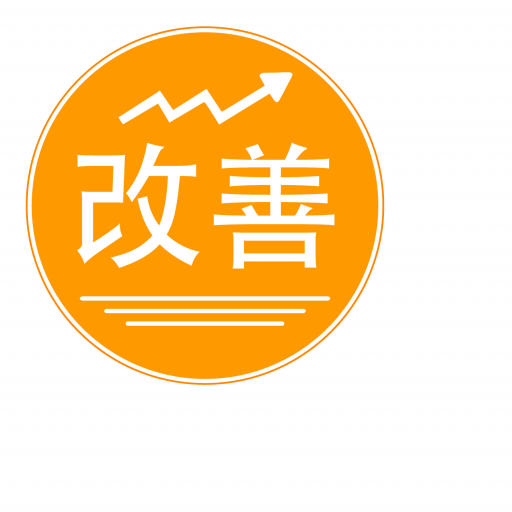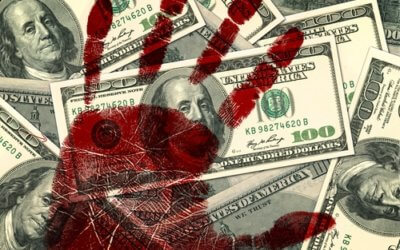Discover the importance of organizational alignment and agility in this blog post. Learn how establishing a strong CORE and building a strategy around it can lead to sustainable growth and success. Find out how alignment and agility empower your organization to thrive in an ever-changing business landscape.

A Coming Fall in Productivity
Due to the move to Work from Home, which began in China on January 23, in Italy on March 9, much of Europe by March 15, and the US, with California, on March 16. By the end of March, 77% of work was performed remotely in North America, the most significant amount of any continent.
Aternity, through its Global Remote Work Productivity Tracker, has analyzed data to determine if employees have become more productive Working from Home. Overall North American productivity increased 23%; however that this was due to Canada. The United States experienced a 7.2% decrease in productivity.
However, while productivity has fallen, what I am hearing from clients and colleagues is that they are working harder and longer than ever before. These stories are not just hearsay. According to data from NordVPN, U.S. homebound employees are logging three hours more per day on the job than before the city and state-wide lockdown. As a result, we are working longer and are less productive. That is because we are overworked, stressed.
While companies sent employees home, the companies had not prepared for employees working from home. The employees did not have the tools they needed, e.g., workspace, VPN access, Internet bandwidth, let alone employees having the space, lack of distractions, and stress to perform. Lines of responsibility got confused. Many leaders did not rise to the occasion, and many who were previously not considered leaders, did, further confusing the traditional environment. Many situations did not have solutions that prior experience provided, increasing confusion. Finally, many companies didn’t have an appropriate culture and were not checking in to see how employees were doing personally and what they needed to succeed.
The bosses at the Canadian federal agency Parks Canada put it succinctly in a Tweet. The Tweet had an accompanying set of principles for working remotely under Covid-19, namely:
- You are not “working from home,” you are “at your home, during a crisis, trying to work.”
- Your personal physical, mental, and emotional health is far more important than anything else right now.
- You should not try to compensate for lost productivity by working longer hours.
- You will kind to yourself and not judge how you are coping based on how you see others coping.
- You will be kind to others and not judge how they are coping based on how you are coping.
- Your team’s success will not be measured the same way it was when things were normal.
Enough companies have not articulated these principals.
At the beginning of the crisis, the adrenalin rush energized many. As an HBR article noted, a CEO said that the crisis allowed unusual freedom of movement, both strategically and as a leader. The relief from budget constraints, the suspension of market expectations, and the welcome escape from the conformity of the daily routine all contributed to his unexpected reaction to working during the pandemic. However, the adrenaline-fueled pace of the initial crisis response spluttered. Problems were more complicated and exhausting. The glory faded. Fuses were short.
As Jay Forte recently said to my Vistage Groups, ask yourself about your leadership approach, and your employees about your response that affected engagement and retention:
-
What Worked?
-
What Didn’t Work?
I expect many of us would learn a lot from this that could lead to improved performance.
As we open up and people return to work, I expect we will see a further fall in productivity. Some business leaders are pushing for a return to the office because they believe productivity will increase; it may result in the long term, but not immediately. Many have been working long hours under lots of stress, not just work stress, and the pace is unsustainable. Were are entering a “Regression Phase” where people get tired, lose their sense of purpose, start fighting about the small stuff, and forget to do basic things like eat or drink — or they eat and drink too much. Even with opening up, many of the stresses will not disappear, and the regression phase will continue. Many people are depressed and not even aware of it. Robert Klitzman, at Columbia University, estimates that about 50 percent of the U.S. population is experiencing depressive symptoms. If CEOs and business leaders don’t start paying attention to the condition of their employees, productivity will fall even further.
One client informed me that they are now encouraging employees to be furloughed for a week or two just to turn off and relax. By being furlough, they still get insurance benefits, can claim unemployment, including the federal government’s $600 weekly payment, and have not used up vacation days. Cisco has realized the issue and gave its 75,000 employees the day off on Friday to recharge over a now four day weekend.
Also, when everyone is back, look at:
-
Disrupting the team, change players, reassign roles. I have often reorganized my office and home because a reorganization makes it feel new. Disrupting the team does the same thing and provides new energy.
-
Calibrate your team’s emotions. Understand where they are concerning “safety,” “stress,” and “family pressure.”
-
Aim for the future. Think about where you are going to provide a new purpose more than just surviving.
Therefore, it up to CEOs and business leaders to look at their workforce and determine what is working, what isn’t, and how to recharge them and reduce their stress. Empathy is the greatest tool you have in your toolbox, and use effectively will lead to much much more significant results. As I have said before, how you behave during this period will define your organization for the next decade. That will affect who you can recruit and retain. So remember the moral of the tortoise and hare, “you can be more successful by doing things slowly and steadily than by acting quickly and carelessly.”
Copyright (c) 2020. Marc A. Borrelli
Recent Posts
Align and Thrive: The Importance of Organizational Alignment and Agility
How to Achieve Smart Time Management: 10 Tips for Busy Professionals
When you are a busy professional running your own business, it can often feel like there aren’t enough hours in the day to accomplish everything. Being strategic with your time is the best (and possibly the only) way to achieve all of your daily tasks. If you are...
5 Strategic Leadership Skills Every Manager Needs
So often, people view leadership as a talent: you’re either born with this quality or you’re not. However, this is not always the case! In reality, good leadership is made up of skills, and anyone can learn how to improve. Some people may pick up leadership attributes...
How the Sellability Score is Calculated: The Ultimate Guide
Do you have questions about how to calculate your business’s sellability score? Whether you’re looking to sell your business in the near future or years from now, understanding your sellability score will help you thrive. The sellability score identifies the...
The Top 5 Benefits of the Entrepreneurial Operating System
As an entrepreneur running your own business, you know there are bumps in the road and struggles that both you and your business will face over time. However, with the right people and tools at your disposal, you can anticipate what’s coming, plan for it, and continue...
5 Ways to Use Email Automation to Boost Traffic
Every single business in the world wants to evolve and grow. This will happen using a variety of techniques and strategies. In 2022, digital marketing is more than a household name, and most companies will adopt at least a few ideas when long-term planning and coming...
6 Questions To Ask A Potential Business Coach Before Hiring Them
Many entrepreneurs consider executive business coaching when they start struggling on their professional path. A small business coach is an experienced professional mentor who educates, supports, and motivates entrepreneurs. They will listen to your concerns, assess...
3 Ways Proper Long Term Strategic Planning Helps Your Business
Dreams turn into goals when they have a foundation of long-term strategic planning supporting them. They become reality when the ensuing strategic implementation plan is executed properly. With Kaizen Solutions as their strategic planning consultant, small and...
What is a Peer Group, and How Can it Improve Your Career?
If you are a CEO or key executive who has come to a crossroads or crisis in your career, you'll gain valuable insights and solutions from a peer group connection more than anywhere else. But what is a peer group, and how can that statement be made with so much...
Profit and Revenue are Lousy Core Values
As I mentioned last week, I am down with COVID and tired, so spending more time reading rather than working. I read Bill Browder's Freezing Order this weekend, and I highly recommend it. However, at the end of the book, Browder says that oligarchs, autocrats, and...









